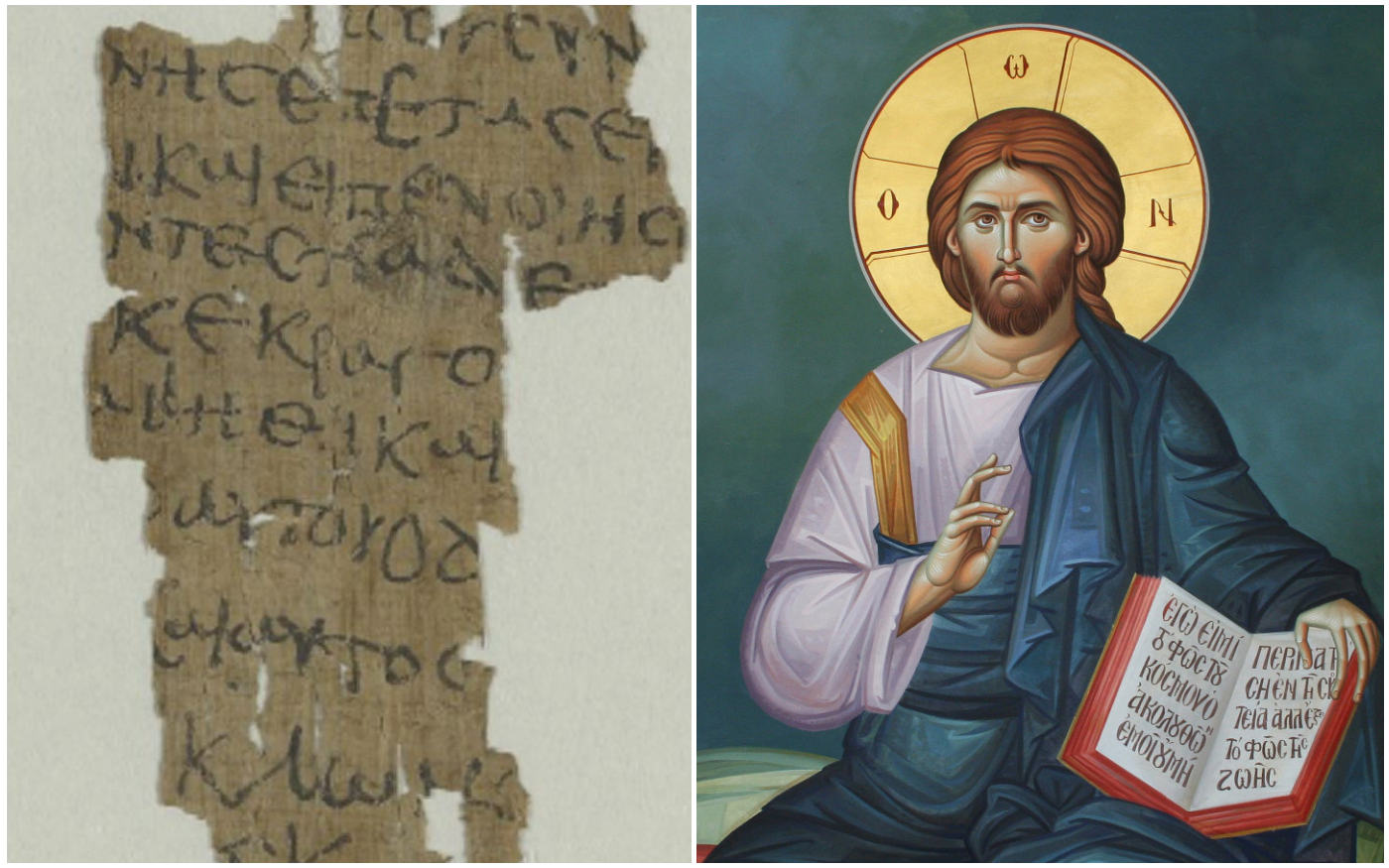
A newly deciphered manuscript dating back more than 1,600 years has been identified as the oldest known account of the childhood of Jesus Christ. The manuscript, written on papyrus in the fourth or fifth century, was kept in a library in Hamburg, Germany, for decades and was long thought to be an insignificant document.
However, two experts have now been able to decipher the text and say it is the oldest surviving copy of it Gospel of Thomas the Infant. “The papyrus fragment is of great research importance.” Laius Perks, a theology lecturer and one of the two men who decoded the document, said in a press release.
The miracle of birds
The oldest known version of Jesus’ childhood story, in which he performed a miracle as a child, was discovered in an ancient Egyptian manuscript. The 2,000-year-old papyrus – a material that predates paper – tells the lesser-known story of the “resurrection of the birds”, when a five-year-old Christ is said to have turned clay pigeons into living birds, a story also referred to as the “second miracle”.
Infancy Gospel of Thomas (IGT) It describes the life of Jesus from the ages of five to twelve, and was written during the second century as a way to fill the voids of his youth. But this gospel was deleted from the Bible because it was considered incorrect.

The Bible was also intended to focus solely on Jesus’ ministry, his miracles, and what led to his death on the cross. The papyrus section contains a total of 13 lines from a famous religious story from IGT.
Researchers have suggested that the story may have been written as part of writing training at a school or monastery due to the clumsy writing, irregular lines, and other elements.
“Other than what can be inferred from the general history of the collection, there is no evidence as to how or when the papyrus was discovered,” the researchers wrote in their paper.
Two possible scenarios for papyrus
doctor. Although they are not sure when the papyrus became part of the library’s collection, it appears to have been recorded after 2001, Macedo said. However, there are two possible scenarios for how it arrived in Hamburg: “It belonged to the original core collection, acquired through the German papyrus cartel from 1906 to 1913.”
“It was then increased through individual purchases until 1939 [ή] It arrived…from Berlin in a box full of unpreserved papyrus in 1990.” Prior to this discovery, the 11th-century IGC manuscript was the oldest known copy in existence. “The Gospel of the Childhood of Thomas is an apocryphal Gospel that recounts events From the childhood of Jesus,” explained Dr. Macedo.
Decryption with the help of digital tools
Traffic that It measures about 11 x 5 cm, contains a total of thirteen lines of Greek letters, about 10 letters per line, and comes from late ancient Egypt. The papyrus remained unnoticed for a long time because its contents were considered insignificant. “It was thought to be part of an everyday document, like a private letter or a shopping list, because the writing looked so clumsy,” Birks says. “First we noticed the word Jesus in the text. “Then, comparing it to many other digital papyri, we decoded it letter by letter and quickly realized that it could not be an everyday document.”
Using other key terms such as “bacchae” or “branch,” which papyrologists had searched for in other early Christian texts, they identified it as a copy of the Infancy Gospel of Thomas. “From comparison with the known manuscripts of this Gospel, we know that our text is the oldest. Below is the original text, which according to the current state of research was written in the 2nd century AD.

“Hipster-friendly coffee fanatic. Subtly charming bacon advocate. Friend of animals everywhere.”





More Stories
F-16 crashes in Ukraine – pilot dies due to his own error
Namibia plans to kill more than 700 wild animals to feed starving population
Endurance test for EU-Turkey relations and Ankara with Greece and Cyprus